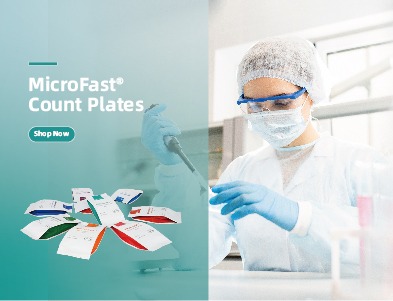Welcome to the exploration of zearalenone mycotoxin testing. Understanding the presence and impact of zearalenone in various agricultural products is crucial for ensuring food safety and quality. Through the zearalenone mycotoxin test, researchers and industry professionals can proactively detect and manage the levels of this toxin, ultimately safeguarding public health. mzfoodtest to shed light on the significance of zearalenone testing, its methodologies, and how it contributes to overall food safety protocols. Join us as we delve into the intricacies of zearalenone analysis and its implications in food production.
Importance of Zearalenone Detection
Zearalenone is a harmful mycotoxin produced by certain fungi commonly found in crops such as maize, wheat, and barley. https://mzfoodtest.com/product-category/analytes/mycotoxins/ to zearalenone through contaminated food products can have serious health implications for both humans and animals. Therefore, detecting the presence of zearalenone in food and feed is crucial to ensure consumer safety and prevent potential health risks.
The zearalenone mycotoxin test plays a vital role in food safety by allowing for the accurate and efficient screening of food and feed samples for zearalenone contamination. This test enables food producers, regulatory agencies, and other stakeholders to identify and address zearalenone contamination issues promptly, helping to maintain the integrity and quality of the food supply chain.

Early detection of zearalenone contamination is key to preventing its negative effects on human and animal health. The zearalenone mycotoxin test provides a reliable and sensitive method for detecting even low levels of zearalenone in various food and feed products, enabling proactive measures to be taken to mitigate the risks associated with zearalenone exposure.
Testing Methods
When it comes to testing for zearalenone mycotoxin, there are several established methods that laboratories use to detect its presence in various samples. One common method is the Enzyme-Linked Immunosorbent Assay (ELISA), a widely used technique known for its accuracy and sensitivity in detecting specific substances like zearalenone.

Another popular testing method is High Performance Liquid Chromatography (HPLC), which allows for the separation and quantification of different compounds in a sample. visit this page is highly precise and is often preferred for its ability to provide detailed information about the levels of zearalenone present.
Additionally, some laboratories utilize the method of Gas Chromatography-Mass Spectrometry (GC-MS) for zearalenone mycotoxin testing. This technique combines the separation capabilities of gas chromatography with the detection capabilities of mass spectrometry, offering a powerful way to identify and quantify zearalenone in various types of samples.
Interpreting Test Results
When analyzing the results of the zearalenone mycotoxin test, it is crucial to pay attention to the levels of contamination detected. mzfoodtest have set specific limits for zearalenone in various types of food products, so comparing the test results against these thresholds is essential to determine if any action needs to be taken.
Moreover, understanding the implications of the test results is vital for making informed decisions regarding the safety of the tested samples. mycotoxin rapid test of zearalenone contamination may pose health risks, especially for vulnerable populations, while lower levels may still warrant careful monitoring and potential mitigation strategies.
It is recommended to consult with experts in mycotoxin analysis and food safety when interpreting the test results. These professionals can provide valuable insights into the significance of the findings and offer guidance on the best course of action based on the specific circumstances of the test results.

